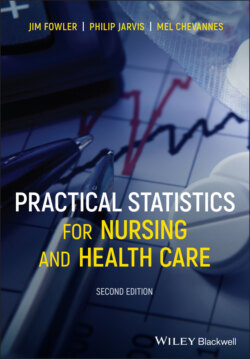Читать книгу Practical Statistics for Nursing and Health Care - Jim Fowler - Страница 21
2.9 Stratified Sampling
ОглавлениеStratified sampling is effective when the population comprises a number of subgroups (or ‘sub‐populations’) that are thought to have an effect on the data being collected, such as male and female, different age groupings, or ethnic origin. These subgroups are called strata. A stratum (‘layer’) is defined as a collection of individuals (sampling units) that are as alike as possible. For example, the credibility of results from a study of breast cancer would be in doubt if the proportion of premenopausal patients differed between two samples selected for comparison. By defining two strata, namely ‘pre‐menopausal patients’ and ‘not pre‐menopausal patients’, this problem is avoided.
A simple random sample is taken from each stratum. The resulting stratified samples are then more likely to reproduce the characteristics of the population. The two main approaches to deciding how many individuals should be sampled from each stratum are equal allocation and proportional allocation. The first approach results in an equal number of individuals per stratum, while the second provides samples in which the sample sizes from each stratum reflects the sizes of those in the population.
